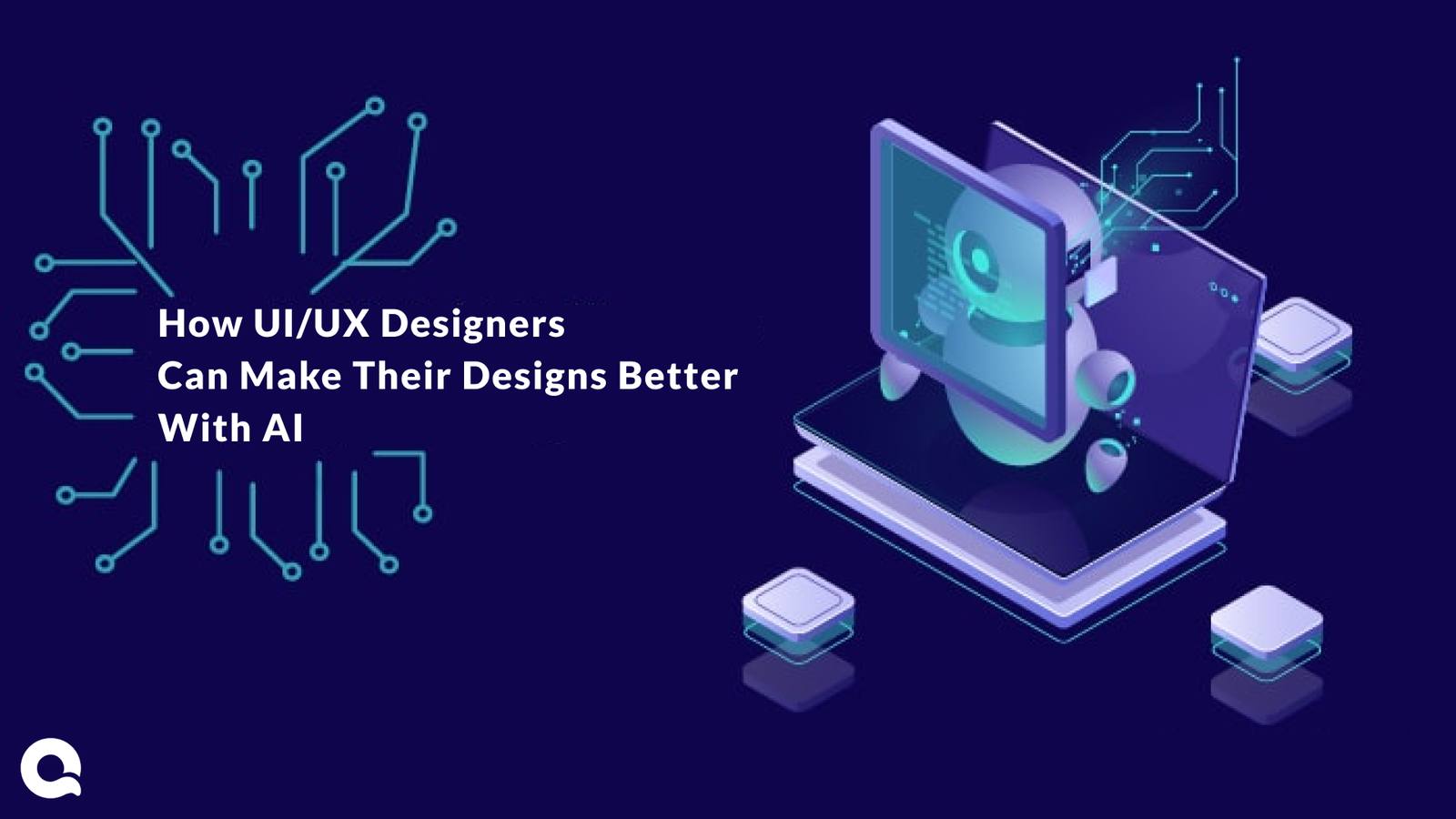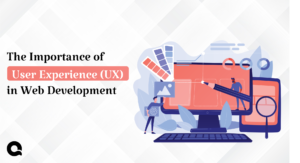
Introduction
In today’s digital landscape, where user-centricity is paramount, the roles of User Interface (UI) and User Experience (UX) designers have become integral to shaping products that resonate with users. Concurrently, the swift advancement of Artificial Intelligence (AI) has triggered a paradigm shift across industries, introducing new possibilities for innovation and efficiency. The synergy between AI and UI/UX design holds immense potential for creating seamless, user-centric experiences. In this article, we will embark on a comprehensive exploration of the dynamic relationship between AI and UI/UX design, uncovering how UI/UX designers can harness the power of AI to elevate their design processes and outcomes.
The Intersection of AI and UI/UX Design
The convergence of AI and UI/UX design is a symbiotic partnership that leverages AI’s data-driven insights to inform and enhance design decisions. This collaboration leads to the creation of more intuitive, personalized, and impactful user experiences. Here are key examples of how AI augments UI/UX design:
- Personalized Recommendations: AI algorithms analyze user behavior and preferences to deliver tailored recommendations, whether it’s suggesting relevant content, products, or services. This individualized approach fosters deeper engagement and user satisfaction.
- Predictive Analytics for User Behavior: AI’s predictive capabilities allow designers to anticipate user behaviors and needs. By studying historical data, designers can optimize interfaces to align with user expectations, thus enhancing overall UX.
- Automated Content Generation: Natural Language Processing (NLP) powered by AI enables the automatic generation of contextually relevant content. From chatbot interactions to personalized email communications, AI-generated content maintains consistency and efficiency.
- Real-time Data-driven Design Adjustments: AI analyzes real-time user interactions to identify patterns and trends. Designers can then make instant design adjustments based on this data, optimizing the user journey and overall experience.
Benefits of Integrating AI in UI/UX Design
The integration of AI into UI/UX design brings forth a plethora of benefits that culminate in enriched user experiences and streamlined design processes:
- Enhanced User Engagement and Satisfaction: AI-driven personalization resonates with users, creating a connection that fosters greater engagement, loyalty, and positive brand perception.
- Streamlined Design Processes and Efficiency: Automation of repetitive tasks allows designers to focus on the creative aspect of design, accelerating the design cycle and enabling quicker time-to-market.
- Data-driven Insights for Informed Design Decisions: AI’s data analytics provide designers with valuable insights into user behavior, enabling data-informed design choices that cater to the target audience’s preferences.
- Leveraging AI for Accessibility Improvements: AI can be instrumental in creating accessible interfaces for users with disabilities. It suggests adjustments that enhance usability and inclusivity for all users.
Ethical Considerations in AI-Driven Design
While AI holds immense potential, it also presents ethical challenges that require thoughtful consideration:
- Transparency and Accountability: Designers must ensure that the AI algorithms used are transparent and understandable. Users should be able to comprehend how decisions that impact their experiences are being made.
- Addressing Biases: AI algorithms can inherit biases from training data, leading to unfair or discriminatory outcomes. Designers must actively identify and rectify biases to ensure equitable user experiences.
- Balancing Automation and Human Touch: Despite AI’s capabilities, human creativity remains indispensable. Designers must find the right balance between automation and the unique human perspective in design.
Developing AI Skills for UI/UX Designers
To effectively incorporate AI into UI/UX design, designers can follow these strategic steps:
- Recommended Resources for Learning: Online platforms like Coursera, Udacity, and Khan Academy offer specialized AI and machine learning courses tailored for designers.
- Collaborating with AI Experts: Partnering with AI experts and data scientists provides designers with deeper insights into AI’s potential and limitations, fostering interdisciplinary collaboration.
- Building AI Prototypes: Experimenting with AI-generated prototypes allows designers to explore novel design solutions and gain hands-on experience, pushing the boundaries of their creativity.
Future Trends: What Lies Ahead for AI in UI/UX Design
As AI continues to evolve, the future promises exciting developments at the crossroads of AI and UI/UX design:
- Evolution of AI’s Role: AI will play an increasingly integral role in design processes, offering valuable insights and recommendations that guide designers in creating exceptional, user-centric experiences.
- AI in VR and AR Interfaces: AI’s influence will extend to shaping virtual and augmented reality interfaces, ensuring immersive and intuitive user interactions in these evolving spaces.
- Emotional Intelligence in Design: AI’s capacity to understand user emotions and responses will pave the way for emotionally resonant designs that forge deeper connections with users.
- Emerging Technologies: As AI technology advances, designers will gain access to more sophisticated tools that enable them to craft even more innovative and impactful designs.
Conclusion
The fusion of AI and UI/UX design presents an exciting opportunity for designers to revolutionize the digital landscape. By embracing AI’s potential while upholding ethical considerations, UI/UX designers can create intuitive, engaging, and personalized experiences that resonate with users on a profound level. In this harmonious partnership between human creativity and technological advancement, UI/UX designers have the means to shape a more user-centric and inclusive digital future.
In the synergy between AI and design, the horizon of possibilities stretches far beyond imagination, beckoning designers to explore, innovate, and redefine the boundaries of exceptional user experiences.
Frequently asked questions
AI analyzes user behavior and preferences to offer personalized content, product recommendations, and services. This level of personalization not only engages users but also creates a more meaningful connection between users and the product or service.
UI/UX designers can develop AI skills by taking online courses from platforms like Coursera and Udacity, collaborating with AI experts and data scientists, and experimenting with AI-generated prototypes.
While AI can automate certain tasks and offer insights, human creativity remains essential in design. AI complements human intuition and creativity, allowing designers to leverage data-driven insights for more impactful design solutions.
AI is a tool that complements human designers' skills, rather than replacing them. While AI can automate certain tasks and provide insights, the unique creativity and critical thinking of human designers remain essential in the design process.






